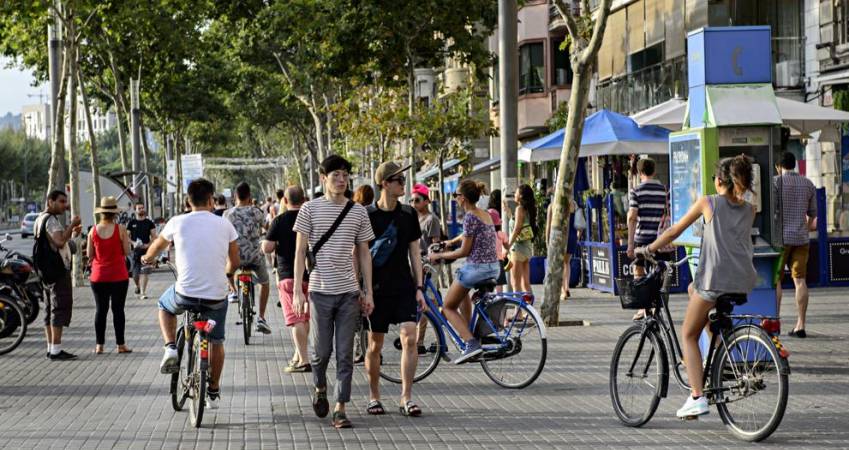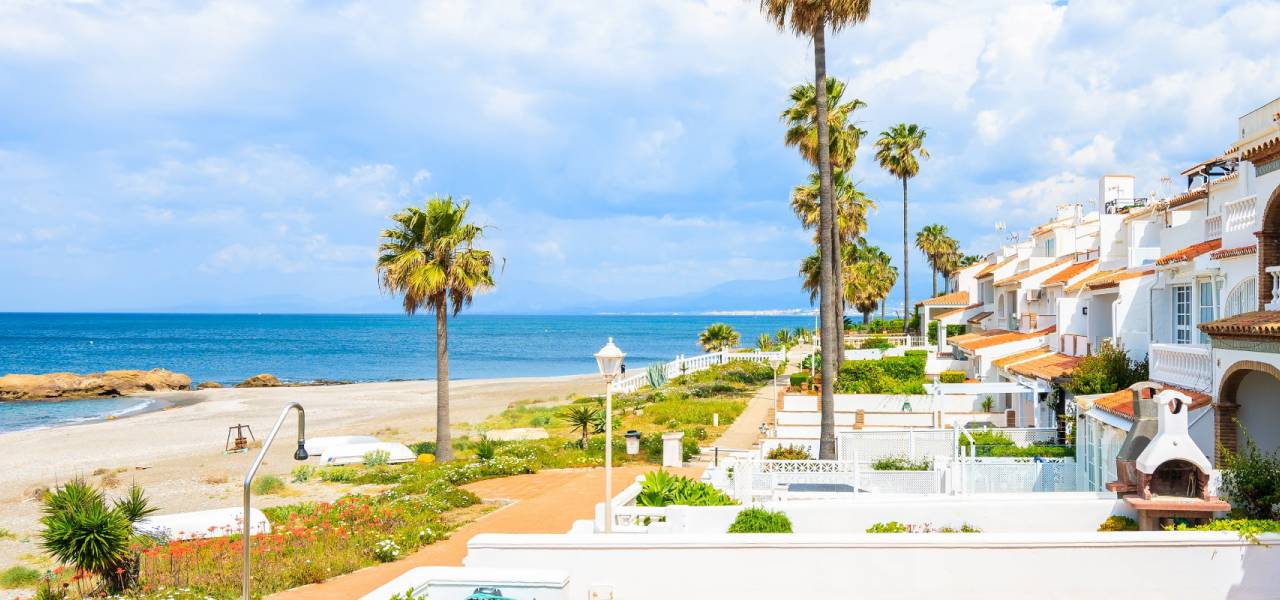A review of the holiday rental clampdown in Spanish cities

Buyers need to know how the rules are changing as local politicians blame booming tourist demand and holiday rentals for driving up housing costs in Spain’s A-list cities.
There are clear signs coming from the tourists’ favourite cities in Spain that when town halls say they intend clamping down on short term tourist rentals in city centres they do actually mean it. So if you are planning to buy a property in the heart of one of Spain’s cities, either as a buy-to-let investment or as a holiday home to let out when you are not using it, it’s essential to find out what the rules are where you want to buy as not everywhere is the same. Also do some research about changes in the pipeline as it’s not safe to assume that how it is today will be the same in the future. Several cities are making changes to earlier legislation and in every case they are toughening up the rules.
The reasons for the changes are the same everywhere. Landlords can earn a higher return from the short term tourist rental market than from the long-term local market. Depending on the city, gross yields can be anything between 6% and 10%. So, local residents are being evicted at the end of long term contracts because the property owner wants to switch to the short term market. This inevitably reduces the stock available for long term rental and even high-earning professional families are finding it difficult to get affordable rents in central areas, often having to move further away from jobs and increase commute times. Some even have to move their kids to a new school. The situation for low earners and students is even more desperate. The demand for centrally located apartments as buy-to-short-term-let investments is pushing up buying prices beyond affordability levels for local residents so they are being squeezed out of both the rental and buying sectors,
Tourist numbers in Spain have boomed across the board with new all-time records in each of the last four years. The traditional sun ’n sand family holiday is, of course, what most people think of as the typical Spanish holiday but the short city break sector has also been performing at record levels with double-digit growth in Madrid and Mallorca and the Mediterranean coastal cities, above all Barcelona, Valencia and Málaga.
Demand is so high that some buildings no longer have any local residents at all, just tourists. Where residents and tourists are living side-by-side there is often friction caused by visitors partying through the night and tenant changeovers every few days. High tourist numbers are making residents’ lives unbearable while at the same time, bringing in income to local business such as shops, bars and restaurants. As with everything there are pros and there are cons so it’s all about getting the balance right and many would say that’s not happening at the moment. So local politicians are listening to their constituents who are demanding change.









 Back
Back


